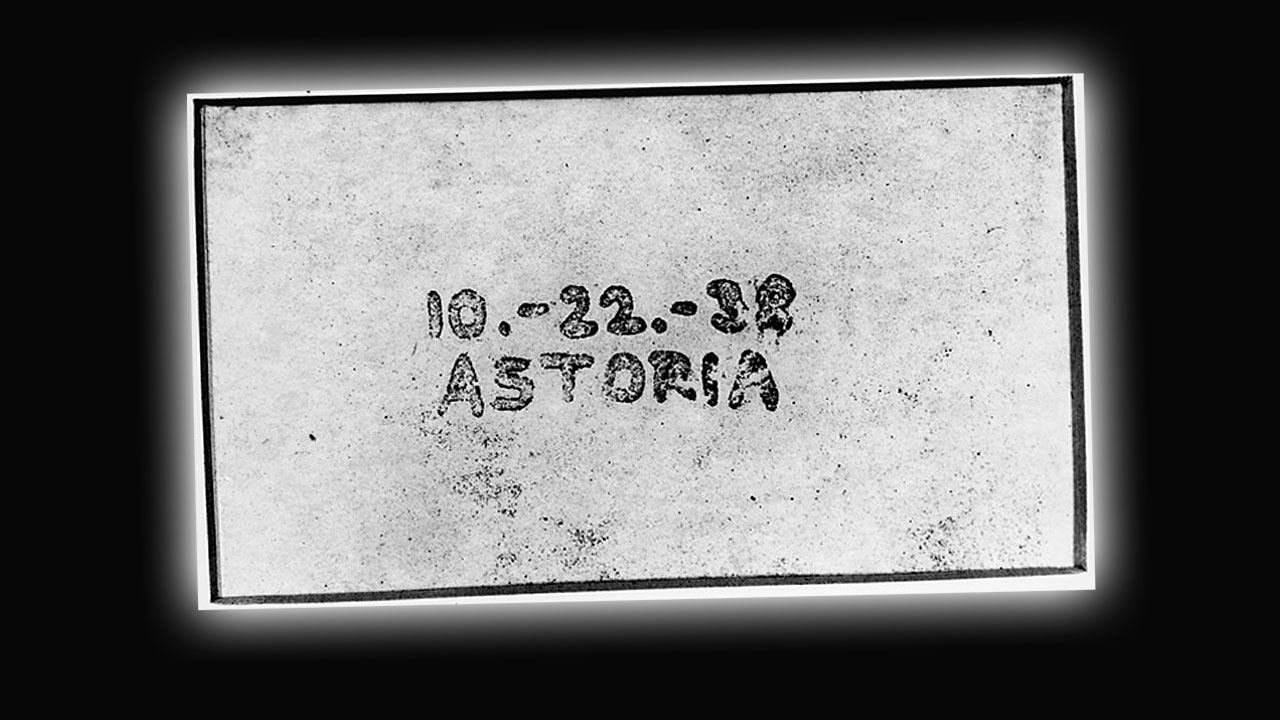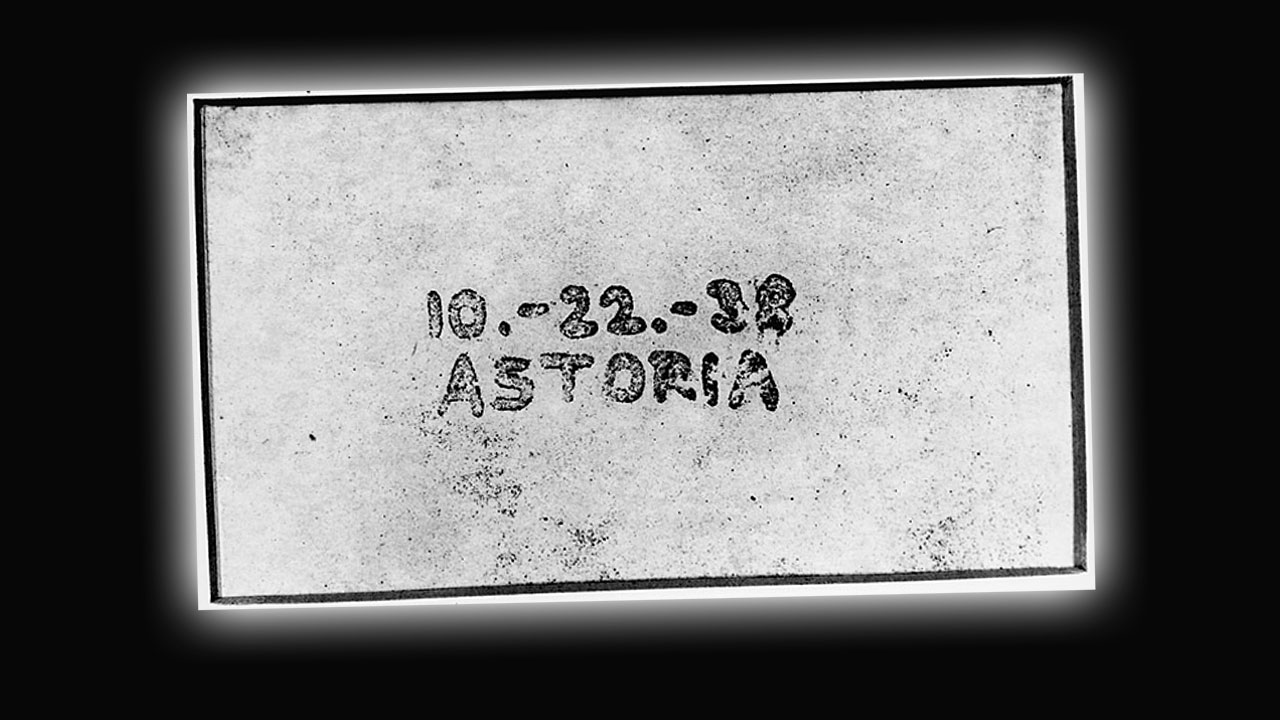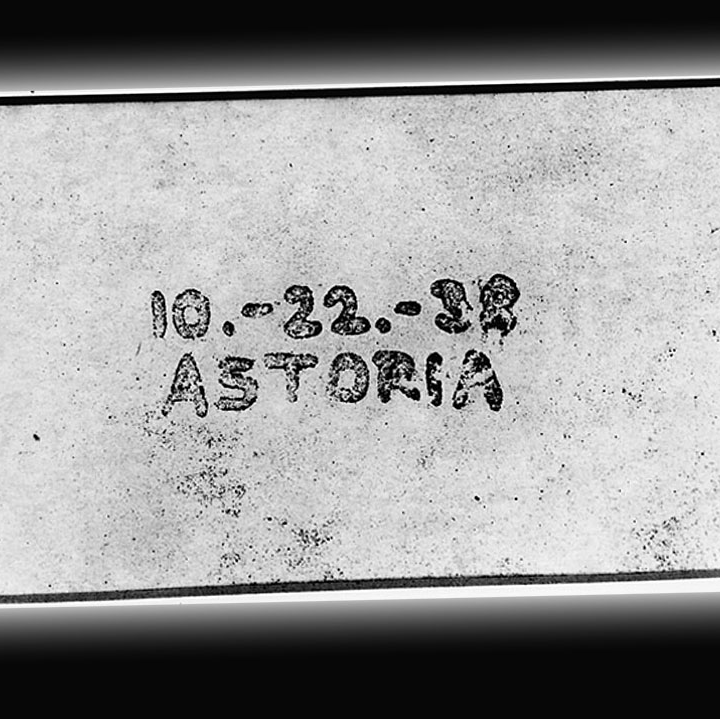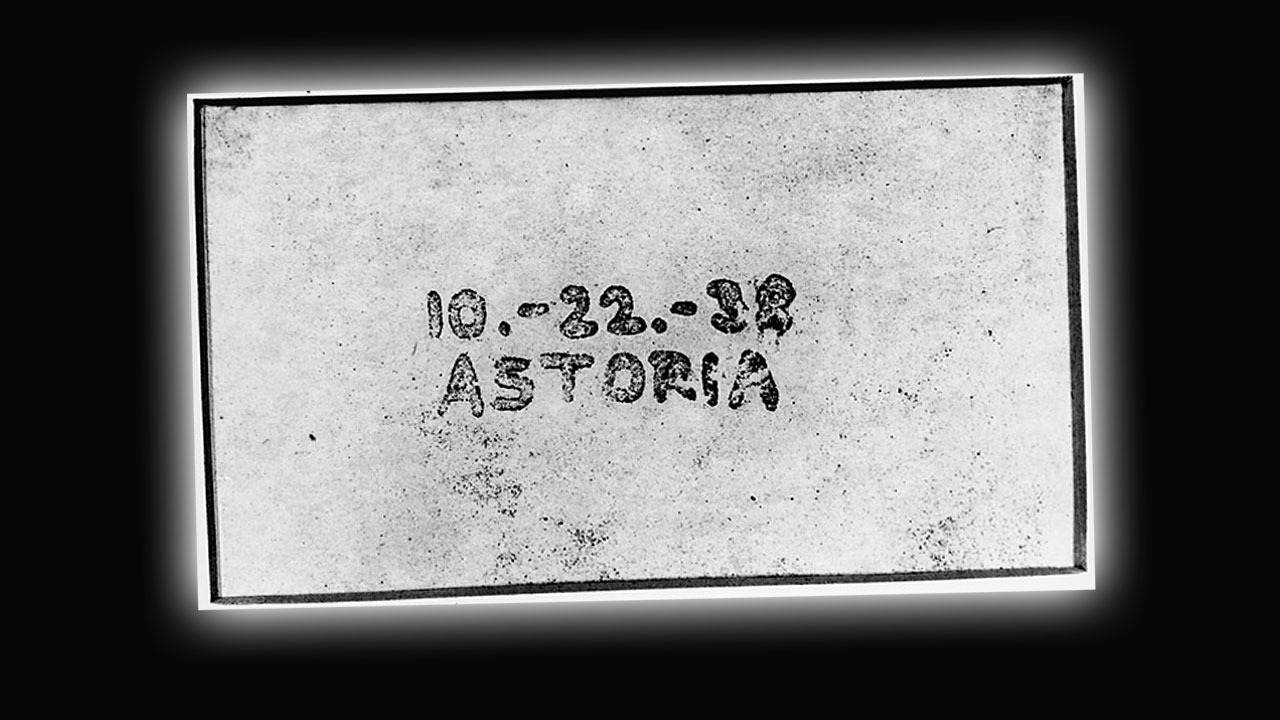*This is a virtual event that will take place over Zoom. For the workshop link, please please contact Aylin Malcolm.
This panel on "Copy Technologies" will feature short talks by three scholars followed by a discussion period. Details about each talk are below.
Brian Cassidy: TBA
Jessica Linker: "Mary Minot’s Medical Botany: Women and Girls’ Botanical Copying Practices in the Early Republic"
In 1820, Mary Minot, then nine years old, produced a botanical manuscript based on Jacob Bigelow’s American Medical Botany, which was then being serialized in parts. Minot copied the plates and distilled the text to produce what we might call a painted herbarium. I’m playing it fast and loose with the idea of copying technology to focus on copying processes, as well as the purposes of creating painted herbaria, which often prepared young girls to participate in scientific book production.
Jessica Linker is an Assistant Professor of History at Northeastern University, and the co-director of Huskiana Press, an experiential letterpress studio. She is working on a book manuscript on women’s scientific practices in early America and has been the recipient of numerous awards, including the Zuckerman Prize, and has held fellowships at institutions including the McNeil Center for Early American Studies, New York Public Library, the Library Company of Philadelphia, the American Philosophical Society, among others.
Michelle R. Warren: "When a Medieval Book Isn’t: Making Copies in the Twentieth Century"
The manuscript I’ll talk about is part of the Parker Library at Corpus Christi College, Cambridge, where it is known as MS 80. Originating in the 15th century, the book has now been marked by many hands over its 600-year existence. I’ll focus here on the book’s 20th century reproductions as evidence for how modern technologies write literary history. MS 80 has been copied in three ways—a new binding, a microfilm, and digital photography. This reproduction history shows the interdependence of copying technologies: rather than a succession from handcraft to industrial machinery, each depends on the others and all function simultaneously today. Even more significantly, each reproduction has reconfigured the idea of the “book” within the legacies of colonial capitalism. These same legacies are sustaining digital infrastructure with implications far beyond medieval studies.
Michelle R. Warren (she/they) is Professor of Comparative Literature at Dartmouth College. Their most recent book is Holy Digital Grail: A Medieval Book on the Internet, forthcoming from Stanford University Press in Spring 2022. They also lead the collaborative digital research project Remix the Manuscript: A Chronicle of Digital Experiments.
All are welcome. If you would like to receive details on future talks, please sign up for our listserv using this link or visit the Workshop website.
The Workshop in the History of Material Texts is supported by the School of Arts and Sciences through the Department of English and hosted by the Penn Libraries. The co-directors of the seminar are Professor Zachary Lesser (English), Jerry Singerman (Penn Press, Emeritus), and John Pollack (Kislak Center, Penn Libraries).
Associated with the workshop is the book series in Material Texts published by the University of Pennsylvania Press, which includes many monographs that have emerged from presentations given at the workshop over the years.




